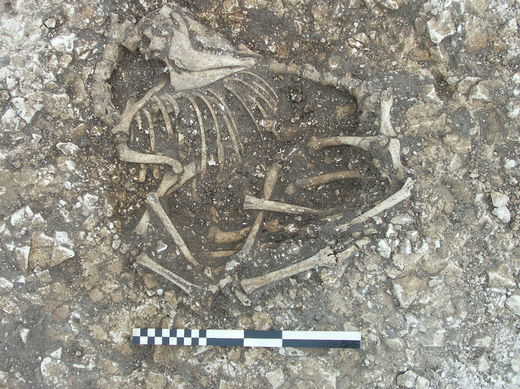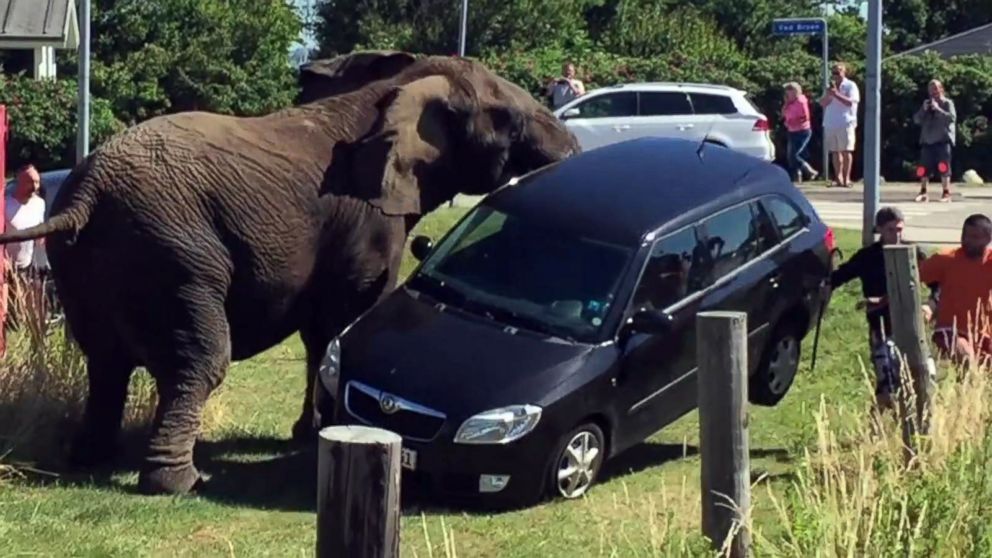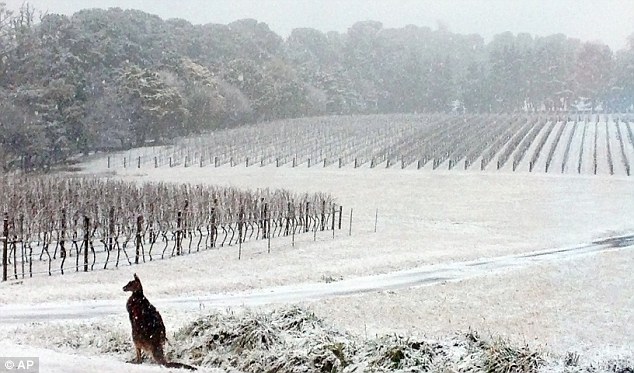
© Bournemouth UniversityThe skeleton of a sheep with two added legs. The extra legs came from another sheep, the researchers said.
One pit even holds the bones of a woman with a slit throat laid on top of animal bones, the scientists said.
The unusual remains belong to an ancient people who lived in southern England from about 400 B.C. until just before the Roman invasion, in A.D. 43, said dig co-director Paul Cheetham, a senior lecturer in archaeology at Bournemouth University in the United Kingdom.
It appears that the people dug the pits to store food such as grain near their dwellings. They had "no decent way of refrigerating stuff" back then, and the chalky earth would have provided a cool storage area, Cheetham told Live Science. [
See Photos of "Hybridized" Animal Sacrifices from Ancient England]
The people would have used each pit for only a year or two before digging a new one. Just before they abandoned a pit, it appears, the people buried a hybridized animal in it, sometimes with the flesh still attached, possibly as a way to honor the gods, Cheetham and his colleagues said. (When skeletons are well connected, or articulated, it indicates that the individual had ligaments and flesh holding it together when it was buried, the researchers said.)
These "hybrids" would have been formed from the body parts of various other animals.
"[They were] creating combinations of prized animals as an offering to particular deities," said dig co-director Miles Russell, a senior lecturer of prehistoric and Roman archaeology at Bournemouth University. "What this meant precisely to the tribes we don't know, as nothing sadly was written down from the period and we have no record of the
names or nature of the gods being invoked."
The archaeologists found all kinds of mix-and-matched animals in the pits. Many contained combinations of horse and cow body parts — such as a cow skull with a horse jaw and a horse skull with a cow horn sticking out, resulting in something that looked like a bizarre unicorn.
Some pits contained man-made items, such as combs made from bone and weaving needles. Others held sheep and cow combinations and the entire bodies of sacrificed dogs and pigs. In one pit, the archaeologists found a decapitated sheep's body with a cow skull on its rear.
Such
animal sacrifices are not to be taken lightly, the archaeologists said. Cows, sheep and horses were likely the basis of the economy and also a food source, "so to dispose of an animal like a pig is quite a big thing to do," Cheetham said.



Comment: See also this from 2013: 'Monster' fish washes up on Rabbit Island